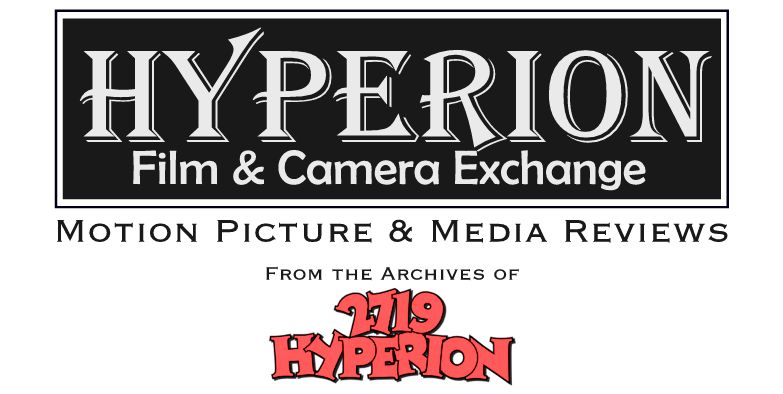 It begins with a man being violently thrown from a bridge into the icy cold waters of the river below. It ends with a climactic car chase through both urban and rural landscapes. In between, blackjacks are wielded, bullets fly, mickeys are slipped and violence reigns supreme.
It begins with a man being violently thrown from a bridge into the icy cold waters of the river below. It ends with a climactic car chase through both urban and rural landscapes. In between, blackjacks are wielded, bullets fly, mickeys are slipped and violence reigns supreme.It’s a fast paced, hard boiled eight minutes. And oh, did I mention--it’s a Goofy cartoon.
 Released on December 12, 1952, How to Be a Detective is without a doubt, one of the best Goofy cartoons ever produced. An over-the-top send up of Hollywood’s dark crime noir genre, it is as irreverent as it is hilarious.
Released on December 12, 1952, How to Be a Detective is without a doubt, one of the best Goofy cartoons ever produced. An over-the-top send up of Hollywood’s dark crime noir genre, it is as irreverent as it is hilarious.The Goof is cast as Private Eye Johnny Eyeball, who is paid a fast $100 by a “classy dame” to simply “find Al.” He is quickly confronted by Pete in the role of a homicide detective who tries to warn him off the case. He then finds himself consistently at odds with a “suspicious character” who closely resembles one of the weasels from the Wind in the Willows sequence of Icabod and Mr. Toad. Eyeball finds himself subsequently being drugged, machine gunned, fitted with cement shoes and thrown in the river, dropped down an elevator shaft, and kicked out of the morgue (“Beat it! And don’t come back ‘til you’re ready!”)
Comically violent images abound. Take for instance the window actions near the beginning of the short:
 It’s enough to send a soccer mom on boycotting and letter-writing rampages. Fears of just such actions pretty much kept How to Be a Detective locked up in the vault until its release on the Disney Treasures Complete Goofy DVD a few years ago.
It’s enough to send a soccer mom on boycotting and letter-writing rampages. Fears of just such actions pretty much kept How to Be a Detective locked up in the vault until its release on the Disney Treasures Complete Goofy DVD a few years ago.Crazy criminal activity aside, the short sports some outstanding art direction. There are some top notch backgrounds that really evoke the crime film genre that is the target of the cartoon’s humor--
The opening bridge toss:
 The eerie, rundown house on the hill:
The eerie, rundown house on the hill: And the seedy Al’s Joint saloon:
And the seedy Al’s Joint saloon: . . . are just a few great examples.
. . . are just a few great examples.In the end, the case is of course solved, and more by happenstance than by the efforts of Johnny Eyeball. An all around great cartoon and one of the studio's better efforts from the 1950s.


0 comments:
Post a Comment